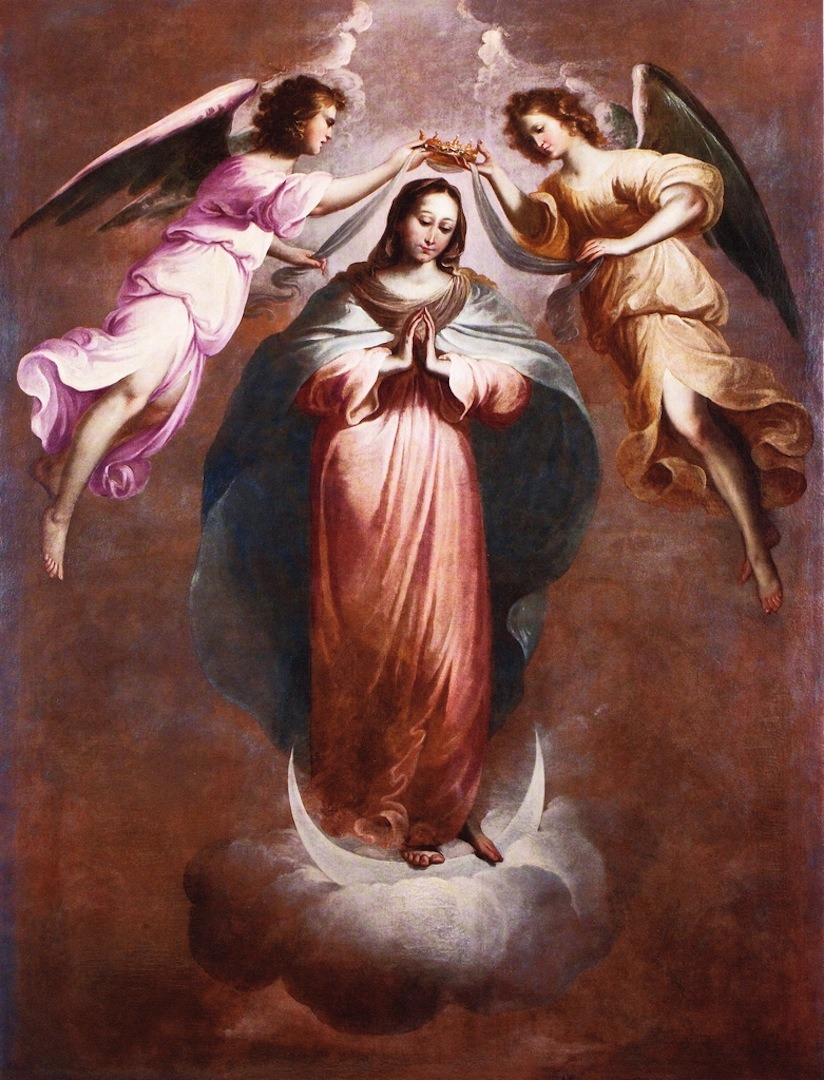At the Symposium titled "Sursum Actio" at Notre Dame Univ. from Jun 8-9, 2015, in honor of the life work of Fr. Peter Damian Fehlner, F.I., Fr. Angelo Geiger, FI, from the Pontifical University of St. Thomas, gives the thirteenth conference which he titles, "In the Counsels of the Immaculate: Fr. Peter Damian Fehlner’s Contribution to the Renewal of Franciscan Immaculatism". He points out how much Fr. Peter has contributed to renewing the great Marian tradition of the Franciscan Conventuals and how this is the way they will regroup and fulfill their mission of renewing the Church. Fr. Peter did this primarily by bringing to light the great patrimony of St. Maximilian Kolbe in promoting total consecration to Mary in the Church as a way of bringing to fruition the declaration of the Immaculate Conception as a dogma in 1854. (Read more.)
A Road Trip to Avalon
16 hours ago




















